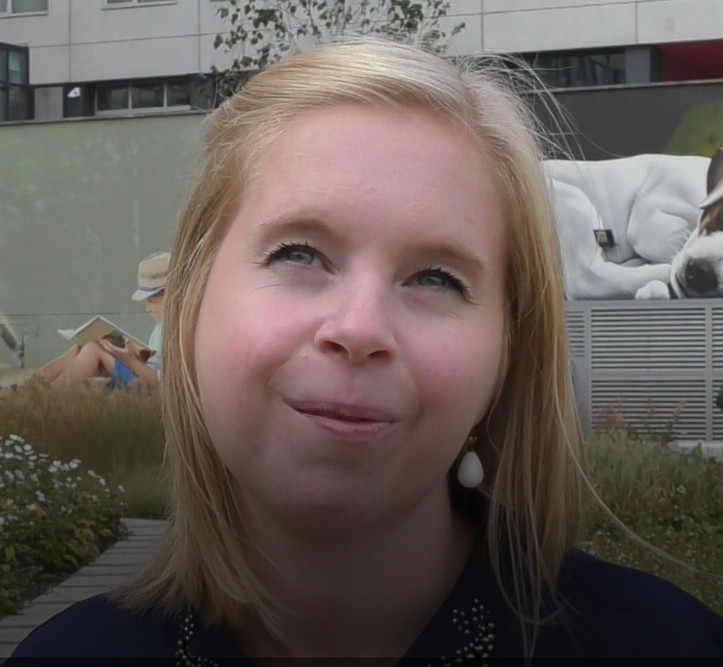TMJ R Parametro ™

The TMJ is the jaw joint, which allows you to open and close the mouth. It is dissimilar to a hip joint because the “ball portion” also slides forward and sideward, besides showing rotation. The ball portion is the mandibular (lower jaw) “condyle” and the socket portion is the “glenoid fossa”. There is a disc between the glenoid fossa (further “fossa”) and the mandibular condyle (further “condyle”), which allows the condyle to slide smoothly while chewing, speaking and breathing. Muscles and ligaments keep the joint together and provide the force required to move the mandible. Numerous factors can cause temporomandibular disorder (TMD) which results in restricted jaw movement and facial pain.
Most TMD patients do not require surgery. They can be treated conservatively with one or a combination of the following: soft diet, analgesics, and anti-inflammatory drugs, physical therapy and hot/cold pack applications, mouth splints (bite plates), muscle relaxants, dental treatment including bite adjustments and orthodontics.
Only those patients who have an end-stage problem inside the joint itself that does not respond to conservative care or tissue-sparing surgery may be candidates for joint replacement surgery.
Candidates are patients who have finished growing and have TMJ problems along with one of the following indications:
Arthritic conditions: e.g. osteoarthritis, rheumatoid arthritis, traumatic arthritis, ankylosis (an abnormal fusion of the joint), revision procedures where other treatments have failed, avascular necrosis (death of tissue due to poor blood supply), multiple operated joints, malunited fractures, congenital malformations, benign and malign tumours.
-
Your medical history will be discussed before the procedure. Take an up-to-date medication list with you. During this consultation, your surgeon will explain the concept and discuss risks and benefits with you.
-
The process starts by taking a CT/CBCT scan.
-
With the information on the scan, your surgeon and CADskills will design your implant.
-
The surgery will take place approximately 2 months later.
-
Follow your surgeon's postoperative instructions, especially those related to physiotherapy, and medication. Rehabilitation regimens can vary among physicians.
-
See your surgeon for scheduled follow-up visits.
-
If you must have other surgeries, not related to your TMJ surgery, please tell your surgeon and anaesthesiologist about the TMJ surgery. Your surgeon will need to know this to prescribe an antibiotic to prevent prosthesis infection. Your anaesthesiologist will check your mouth opening.
I feel *awesome* and able and grateful since surgery. It has been so freeing, even in these stages of recovery. I could not be happier with the results, and "my people" are so expressive of their relief for me. It's been really uplifting....after…
Read more

Surgeon: Luke Cascarini Patient: Registered nurse Medical history: Right Temporomandibular joint replacement February 2022, Antiphospholipid syndrome diagnosed 2023, Osteoarthritis various joints. My problem all started at the end of 2018, aged 29. I…
Read more"With what I know right now, I would say: don't worry, just do it!" A 25 year old woman presented with a convex facial profile, mastication disability because of an open bite malocclusion, intractable joint pain over more than one-year…
Read more
For more information about our concepts

